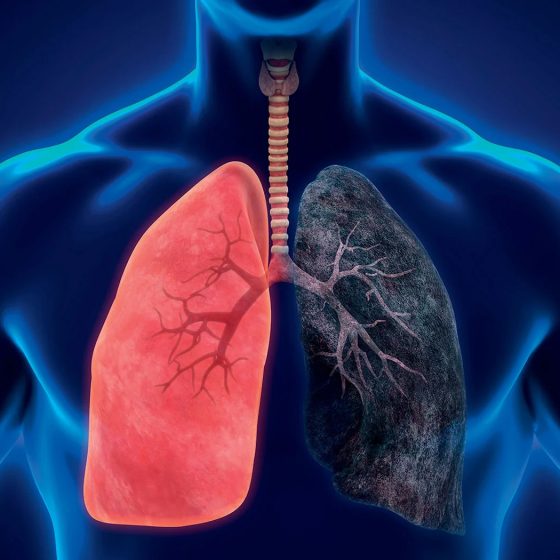Assistance dog
What is an assistance dog? An assistance dog is a working animal. It has special training to give people with disability support in their daily life. It is not a pet. Assistance dogs: are individually trained in obedience can perform tasks that ease disability can pass a public access test (PAT) The legal definition of an assistance dog is a dog that is: accredited under a state or territory law, or accredited by an animal training organisation stated in the regulations, or trained to assist a person with a disability to alleviate the effect of the disability and meets standards

